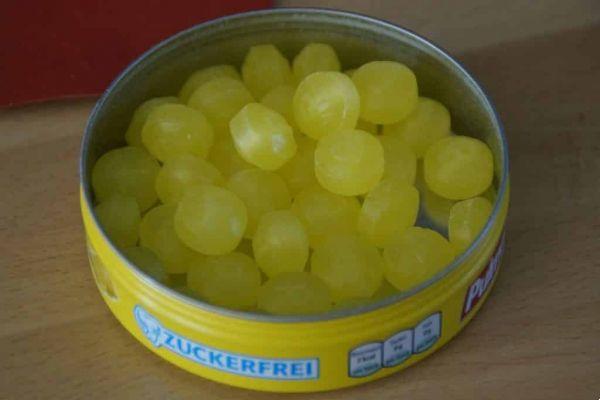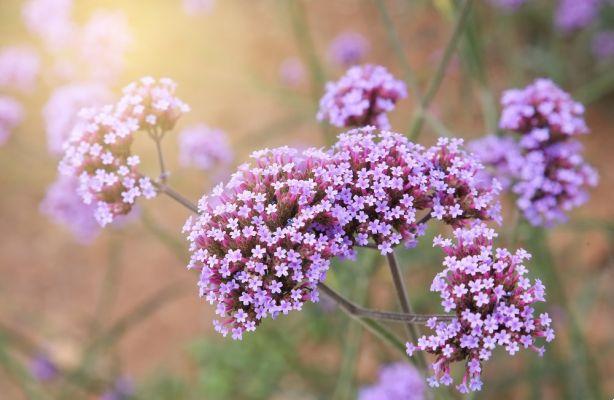Plants are not just decorative, they bring several benefits. Acoustic insulation is one of them, it has already been proven that plant and shrub corridors near windows absorb noise. Already walls with vines lower the temperature by up to 10º, in addition to reducing mold particles and fecal material from the air. Ivy, the most common species of vine, is native to Central and Western Europe.
Plants increase humidity and, consequently, make the air cleaner. Espada de São Jorge, lady of the lake, better known as boa constrictor and areca palm are well-known plants that are great for this task. It takes four palm units per person and eight sword units.
Plants also process toxic gases from photosynthesis. Formaldehyde, a colorless gas that evaporates easily, is present in nail polish, cleaning products, paints and building materials. The function of this material is to give that “new smell” to the products. Formaldehyde causes respiratory problems and even cancer. Trichlorethylene is used as an industrial solvent and in dry cleaning processes. It causes skin irritation, breathing problems and temporary memory loss. Benzene is a solvent and raw material for gasoline, paint and synthetic rubber. This liquid is able to decrease the amount of white blood cells.
Some plants absorb these compounds. Shall we meet them?
Peace lily: the “depollution queen” eliminates formaldehyde, ammonia, benzene and trichlorethylene. This species lasts ten years.
anthurium: ideal flower for bathroom and kitchen. Anthurium retains ammonia from detergents.
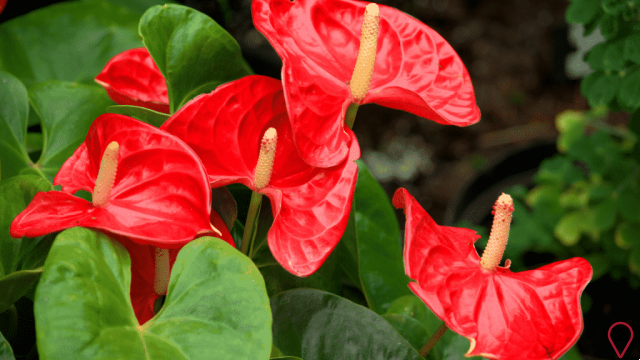
Chrysanthemum: absorbs formaldehyde, benzene and ammonia. During the day, leave it in the corners of the windows. At night, take it outside, because chrysanthemums love cooler weather.
Gerbera: retains benzene, trichlorethylene, formaldehyde and toluene, a material present in paints and glues that irritates the skin and mucous membranes.
Aloe: eliminates formaldehyde and benzene.
yellow lily: absorbs carbon monoxide.
Azaleas: eliminates formaldehyde present in plywood and insulating foam. It still camouflages the ammonia smell.
Chlorophyte: ideal for places with gas burning (kitchen and bathroom). Chlorophyte retains toluene, benzene, formaldehyde and carbon monoxide.
We cannot ignore the power of plants. The care they demand takes a bit of work, however, the benefits are worth it. [/mks_pullquote]Now, did you know that in addition to reducing the temperature and cleaning the air, plants also keep mosquitoes away? They are around year round, but summer is when they come in full force. The bites are very itchy and leave marks on the skin. Many factors attract mosquitoes, some of them very curious:
- Some say that blondes are the biggest targets
- Full moon makes mosquitoes more active
- Those who love a beer become more prone to bites.
There are really proven attractions. When consuming banana, an oil is released that attracts insects. Light also catches their attention. You must have seen several inside the lamps. This happens due to light waves in the UV (ultraviolet) spectrum. The solution? Replace with LED bulbs.
Smell, sight and heat
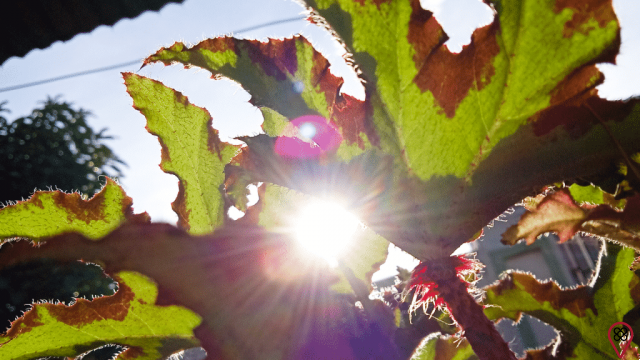
This is what makes mosquitoes choose their victims, mainly the smell and heat. American researchers studied the behavior of insects inside a wind tunnel. The mosquitoes went into a CO2 (carbon dioxide) tunnel, similar to human breath. Upon contact with the substance, the insects were attracted to the heat. This happened because mosquitoes are great at sniffing out CO2. Scientists have traced the insects' strategies:
- CO2 is what attracts, especially in distances between 10 and 50 meters.
- Look for visual stimuli at a distance between 5 and 15 meters if they are attracted to the smell.
- Body heat is stimulating when the victim is within three feet.
So, after you leave the gym, watch out! Perspiration will make you an easy target for insects. If you are wearing dark clothes then they will thank you.
How to drive them away?
Scientists claim that it is impossible to escape. However, some measures can “distract” the mosquitoes. The tips are very simple:
- Do not stay outside during dusk and dawn
- Leave doors and windows closed or screened
- Use repellents (reapply after sweating or bathing in the sea or swimming pool)
- Wear light clothes and wear a hat
- Beware of perfumes and creams with floral or fruity fragrances
Plants are great partners in this fight. Did you know that there are species that repel mosquitoes? These are super popular plants that you need to have at home. Let's meet the plants that mosquitoes hate. With some of them, you can even season the food and make tea.
Rosemary
We already talked about it here in the article “How rosemary is good for the brain”. The scientific name is Rosmarinus Officinalis, which in Latin means “dew that comes from the sea”, referring to the Mediterranean Sea. The herb is used to season pork, chicken, sauces and soups.
Rosemary is a branched shrub that reaches 1,5 meters. Its leaves are small and thin, grayish green in color. Seedlings can be planted during spring or summer. Cultivation can also be done with seeds. In this case, use seedbeds, small pots or containers. The seeds can take up to three years to grow. Wait 90 days to harvest rosemary. The plant lasts more than ten years.
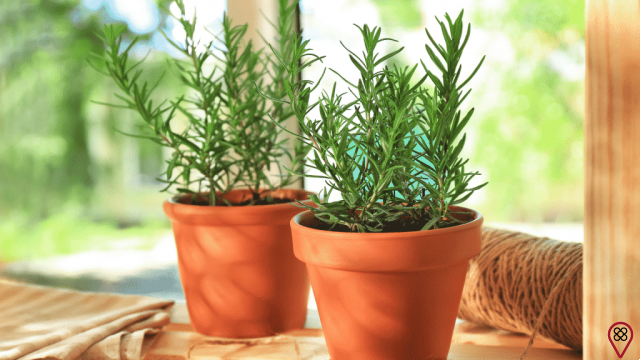
The herb has religious, cosmetic and medicinal purposes. Rosemary is a source of calcium, iron, potassium, phosphorus, magnesium and vitamin B6. It is one of the champion herbs for health benefits. It relieves stress, relieves menstrual cramps, reduces bad breath and fights hair loss. The mere presence repels mosquitoes, fleas and ticks, but you can still grind the leaves and rub them on your legs and arms.
Basil
A plant native to Africa and tropical areas of Asia, basil measures 60 centimeters. The seasoning is widely used in Italian cuisine, in the preparation of pesto sauce. The herb is also welcome in salads, meats and pasta. Basil is a source of omega 3, calcium, iron and vitamins A, C and K. Its numerous properties have been known since ancient Greece. The plant relieves headache, prevents acne, acts as an anti-inflammatory and improves the immune system. Basil tea with sesame oil and apricot juice is a powerful makeup remover. The herb can still be used in the foot bath.
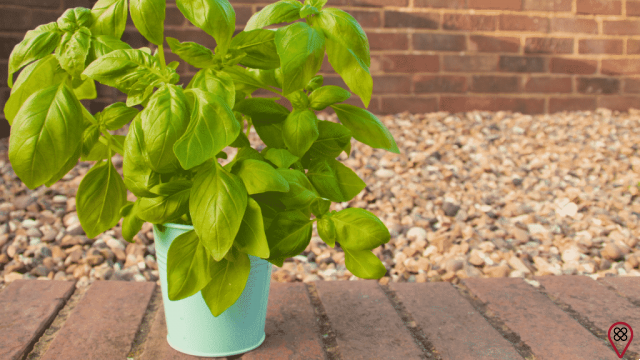
Basil has astrological associations with the Sun, Venus and Mars. In spiritual rituals, the herb is used as a symbol of love, courage and wealth. Basil leaves that quickly turn to ashes after being thrown into burning coals indicate a harmonious marriage. The basil bath acts on the aura, eliminating negative energy. Whoever carries a basil leaf in their pocket attracts money. Merchants can place the herb near the cashier or on the doorstep to attract customers.
It doesn't work to make the repellent. Blend 100 grams of citronella, 100 grams of basil and 1 liter of alcohol in a blender. Strain the ingredients and place in a spray bottle. Apply to the environment once or twice a day.
Garlic
This versatile spice is over 6 years old. Research indicates that it emerged in the Siberian desert and arrived in Egypt at the hands of Asian nomads. Garlic fights the flu, is good for the heart, reduces bad cholesterol, increases good cholesterol and improves circulation. It is a source of vitamins A, B1, B2 and C.
Garlic drives away negative energies. Bathing is recommended for those who work with the public. It is also used in the cosmetic industry. The oil is suitable for oily skin and hair. As a repellent, garlic is also effective. The recipe is very simple. Place two cloves in a spray bottle with 350 ml of water and vinegar. Mix well and apply the mixture to the plants to ward off mosquitoes. This repellent also keeps away ants and fleas.
Lemon thyme
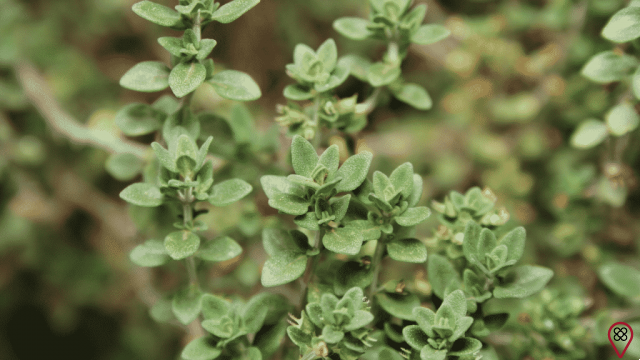
The herb has the aromas of thyme and lemon. The differences between lemon thyme and common thyme are the leaves and color. Here, we have larger, fleshier, greener leaves. Lemon thyme is the result of crossing two species: Thymus pulegioides and Thymus vulgaris. The leaves of this variety of thyme are used in soups, fish, meat, vegetables and even cakes. Lemon thyme provides fiber, calcium, iron, potassium and vitamins A, B6 and C. Its tea is indicated for colds, flu and asthma. The essential oil is used to treat asthma, bronchitis and other respiratory problems. The oil also acts as a repellent.
Lemongrass
A shrub that measures between 20 and 80 centimeters, it belongs to the mint and boldo family. Lemon balm is also known as Melissa, in honor of Melona, the Greek nymph that protects bees. The leaves are dark green on top and light green on the bottom. Lemon balm tea has a calming effect, antioxidant action and relieves stomach problems. In aromatherapy, it is indicated for depression. Incense combats lack of confidence. It can be used at the end of cooking fish, poultry, seafood and soups. It is a source of vitamin C. To use as a repellent, mash the leaves and rub on uncovered parts of the body.
Lemon grass
Lemongrass is also known as lemongrass, lemongrass and lemongrass. The plant is native to tropical areas of Asia. India is a major producer of lemongrass, where it is used in Ayurvedic medicine as a medicine or spice. Lemon balm acts as a sedative and its anti-inflammatory action relieves menstrual cramps and headache. The plant also helps to lose weight.
To keep mosquitoes away even further, make a lotion. You need 150 ml of liquid glycerin, 150 ml of lemongrass tincture, 350 ml of alcohol and 350 ml of distilled water. Mix everything until smooth. Pour into cream jars and apply to skin. Remember to reapply after intense sweating and bathing in the sea or swimming pool.
cat weed
Also known as catnip. It appeared in Europe and Asia and soon reached North America. It can reach 1 meter in height and resembles mint and mint in smell and taste. The leaves can be white, pink or lilac. The plant attracts cats when it is cut or rubbed. Nepetalactone, contrary to popular belief, does not cause euphoria in domestic cats, tigers and leopards. Veterinarians recommend giving the herb twice a week. Plant in sandy soils and keep between 4º and 21º. Keep the cat away from the plant.
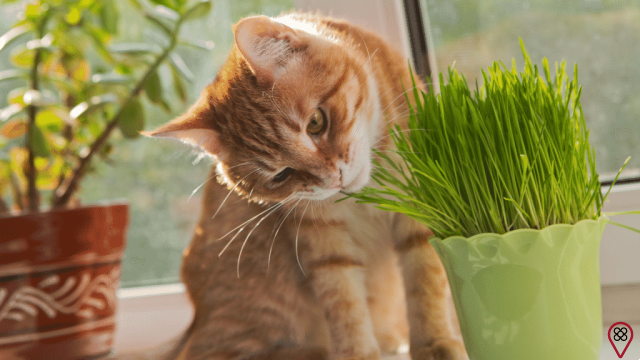
Research carried out at the University of Iowa (United States) shows that catnip extract was more efficient than diethyl-m-toluamide (DEET). DEET is the most commonly used substance in repellents.
Lavender
We already talked about it in the article “Lavender for insomnia”. The plant comes from the Mediterranean region. Purple flowers are more common, however, there are pink and white varieties. The flowers have a silver coating. The size varies from 30 centimeters to 2 meters in height and can be grown in gardens and pots. It blooms more intensely after two years. Flower production lasts up to ten years.
Lavender helps in fighting insomnia, headache, hypertension and respiratory problems. The plant can still be used in the preparation of sweets, snacks, ice cream and teas. The famous essential oil is extracted from freshly picked flowers. It is indicated for disinfecting wounds, massages, treating oily skin and strengthening the scalp. Mix lavender essential oil with sunflower oil, apply on the body and have a good natural repellent.
- Are lemon balm and lemon balm the same thing?
- Keep mosquitoes away with a natural and decorative method
- Find out about natural methods to keep the dengue mosquito away
- Produce natural repellents and keep insects away
- Learn all about citronella, a plant that repels insects
tagetes
The tagetes is originally from Mexico. In the country, it is an important part of the “Day of the Dead”, celebrated from October 31 to November 2. The flower is also known as marigolds, yellow carnations, African cloves, cloves and dianthus roses. It is found in yellow and orange colors. Tagetes are used to dye fabrics. In Western Europe, the extract of the flowers is the base for coloring in juices, ice creams and salad dressings. Its medicinal use is applied in the digestive, sedative and diarrhea treatment.
Summer is here and so are the mosquitoes. Plants help keep insects away, have medicinal properties and even beautify. What are you waiting for to start your garden?





